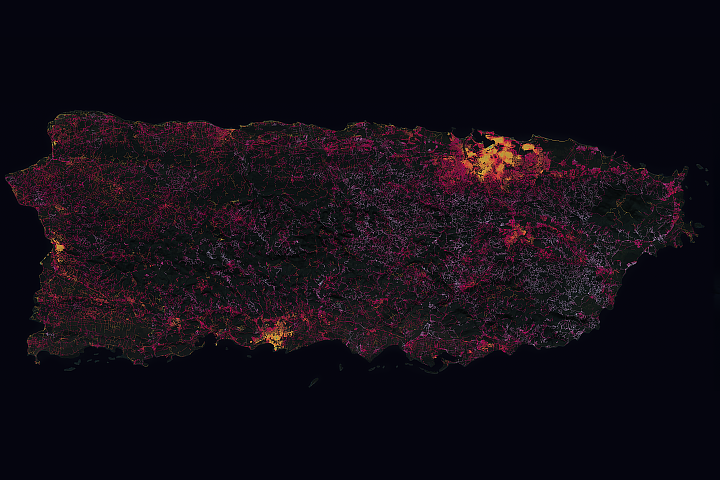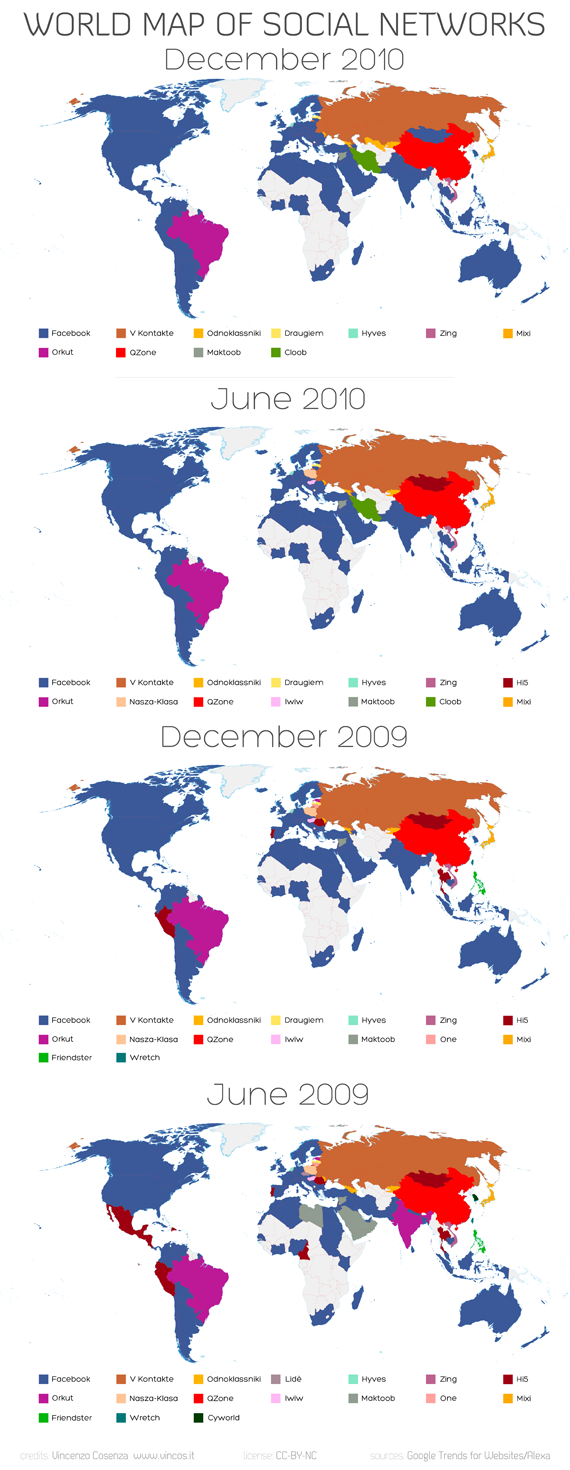Migration
Europe's huddled masses
Jan 18th 2007
From The Economist print edition
Millions of Europeans are on the move. Does it matter?
EPA

ROBERT, the Polish-born head of a group of British removal men, can read and write English easily, unlike his British colleagues who after packing their cardboard boxes label them as “clovs” and “shuse”. Two years ago, when he moved to Britain, Robert lugged heavy loads like them. He still lives worse than they do, in a shabby rented house crammed with compatriots. But the remittances he sends home are paying for his family, a car, a house and—eventually—his own business there.
That dream, of hard work abroad leading to success at home, has inspired millions of people to move across Europe since the collapse of communism—a peacetime migration exceeded only by the upheavals that followed the end of the second world war. But remarkably little is known about the nature of this movement of people one way, and money the other, not least because so much is undocumented or illegal. Now a new report* from the World Bank attempts to fill some gaps and explode some misconceptions.
The first is that the main migration is from the ex-communist world to what used to be called the West, when in fact Russia is the main destination for immigrants, surpassed only by America. That is due partly to ethnic Russians returning to the motherland after the break-up of the Soviet Union, but also to Tajiks, Georgians, Moldovans and other non-Slav citizens of ex-Soviet republics moving to Russia in search of work. In the process, Georgia, for example, lost a fifth of its population in the 14 years from 1989.
The money-flows from migration—around $19 billion annually, the authors estimate—are surprising too. In some countries they matter more than foreign investment. For example, remittances make up more than a quarter of Moldova's GDP—a figure exceeded worldwide only in Haiti and Tonga. For nine ex-communist countries, remittances provide 5% or more of national income. In the region as a whole, three-quarters of the money comes from migrants working in the European Union; about a tenth from those in the former Soviet Union.
The big question is the impact on the home country's development. Optimists think that remittances prop up current accounts and help development. “Whereas aid to governments is often wasted or siphoned off into Swiss bank accounts, migrants' remittances end up directly in poor people's pockets,” says Philippe Legrain (formerly of The Economist) in a book† arguing the case for migration.
But pessimists reckon that having the best and brightest working abroad, often in menial jobs, is a dreadful loss. Remittances may also keep currencies artificially high, harming growth. The World Bank's authors think only a third of remittances go on education, savings and business investment. The overall result, they surmise, has been a mild stimulus to growth in the recipient countries, but without a measurable effect on poverty: it is better-off, urban families that tend to send someone abroad, and then reap the benefits.
The final misconception is about what motivates migration. “Everyone thinks it is all about income differentials, but actually it is all about expectations. Even in poor countries we can expect low levels of migration if people think that conditions there will improve,” argues Brice Quillin, one of the report's authors.
 From one viewpoint, the huge migration of recent years to western Europe seems unlikely to continue. Populations are declining in all countries (except Albania) in the western half of the post-communist region. That tightens their labour markets and may stimulate migration from farther east. By contrast, populations in the southern states of the former Soviet Union—countries such as Tajikistan—will keep growing until the middle of this century. “If the typical migrant of the 1990s was a Pole moving to Britain, his successor in the next decade may be a Tajik moving to Poland,” says Mr Quillin. Even Turkey, previously a big exporter of workers, now imports migrants.
From one viewpoint, the huge migration of recent years to western Europe seems unlikely to continue. Populations are declining in all countries (except Albania) in the western half of the post-communist region. That tightens their labour markets and may stimulate migration from farther east. By contrast, populations in the southern states of the former Soviet Union—countries such as Tajikistan—will keep growing until the middle of this century. “If the typical migrant of the 1990s was a Pole moving to Britain, his successor in the next decade may be a Tajik moving to Poland,” says Mr Quillin. Even Turkey, previously a big exporter of workers, now imports migrants.What really helps putative migrants stay at home is not just higher wages but the prospect of fast, effective reform, bringing better public services and a dependable legal system. Employers in post-communist countries, particularly those outside big cities with a local monopoly in the job market, still treat their employees with remarkable casualness. A sawmill in a small town, for example, may fail to pay wages, and then declare bankruptcy, only to restart under a new name with the same owners, managers and workforce.
The catch is that reform throughout the region is flagging. No country between the Baltic, Black and Adriatic seas can boast a strong reformist government, and with a few exceptions the farther east you go, the worse it gets.
*Migration and Remittances: Eastern Europe and the Former Soviet Union (World Bank, 2007). †“Immigrants: Your Country Needs Them”. Little, Brown. £12.99
.
.














No comments:
Post a Comment